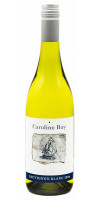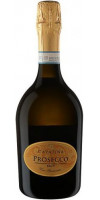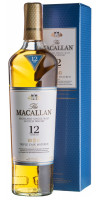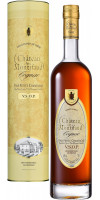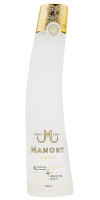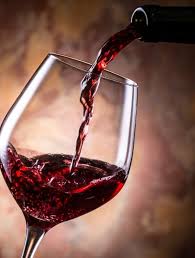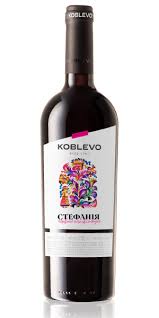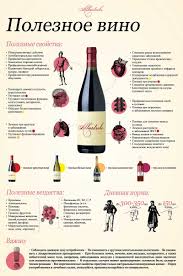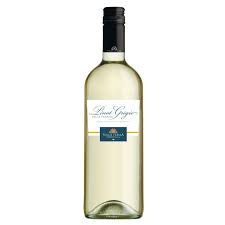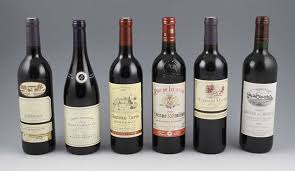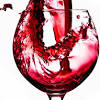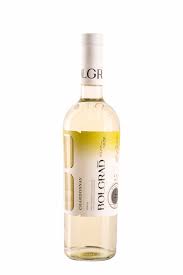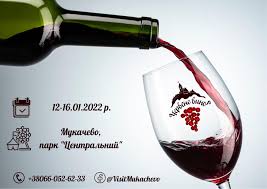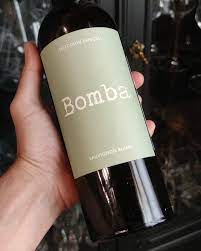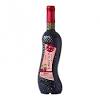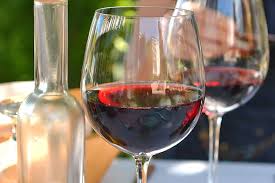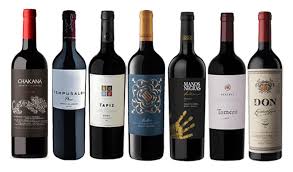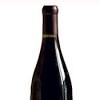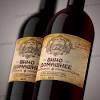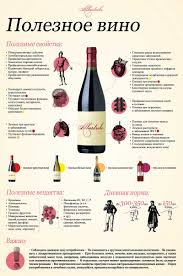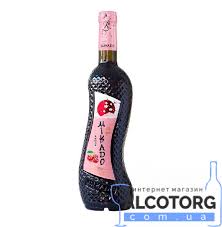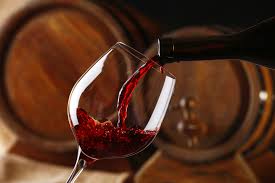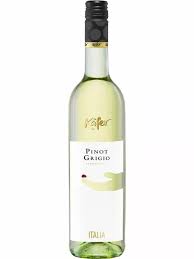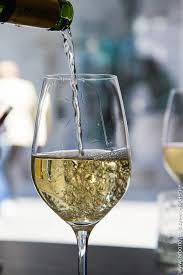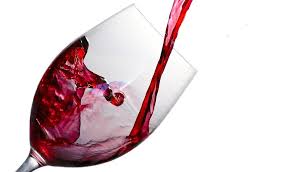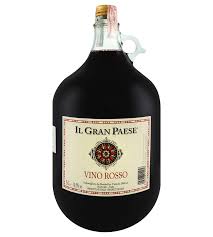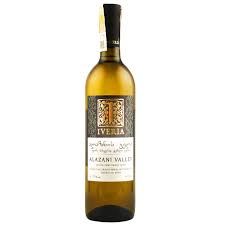
Спасибо за регистрацию в WineRow!
Вы будете уведомлены по электронной почте, как только Ваш Личный Кабинет будет активирован администрацией магазина.
Если у Вас есть какие-то вопросы, пожалуйста напишите нам.
Вы вышли из Личного Кабинета.
Ваша корзина покупок была сохранена. Она будет восстановлена при следующем входе в Ваш Личный Кабинет.
вгиски бренд тге фамоус джроусе видержка 3 джода
1 г спирта содержит 7 калорий. Поскольку вино содержит и спирт, и сахар в переменной пропорции, оно является для организма источником калорий, а его кислотность и таннины способствуют перевариванию переедания. При этом алкоголь вреден для здоровья, каким бы ни был возраст, пол и индивидуальный уровень переносимости. Диетологи исключают вино из числа продуктов, необходимых в наших рационах, несмотря на то, что признают в нем полезные качества при употреблении в небольших количествах. Зато искусство жизни отводит ему достойное место гастрономического продукта. История шампанского вина Случались и казусы, ставшие после изюминкой. Чтобы узнать историю вин, например, вина шампанского, а по-другому – легкого и игристого – достаточно «отмотать назад» три с половиной столетия. Как предполагается из названия, оно появляется во Франции, а главным регионом по изготовлению игристого вина становится Шампань – французская провинция. Переместившись по Днестру еще южнее в Могилев-Подольский район, можем встретить еще несколько местных сортов винограда. И хотя эти сорта считаются традиционно молдавскими, нет никакого сомнения в том, что они росли по обоим берегам Днестра, а не только на его молдавском правобережье. Украинские винодельческие традиции стары как мир. И хотя эти традиции и технологии пережили множество периодов упадка, как турецкое господство на Подолье и других регионах Украины или Советскую эпоху, когда в середине 80-х были уничтожены уникальные виноградники. Сейчас традиции виноделия возобновляются. Украинское виноделие и виноградарство, не глядя на сложные социальные реалии, шагает семимильными шагами сквозь терны к звездам. Возникают новые винодельни, которые используют новейшие технологии и производят уникальные вина в Украине и восстанавливают давние традиции предков и создают новые. Для красных выбирают слегка закругленные бокалы тюльпаны. Полусладкие сорта напитка принято подавать в широких открытых бокалах, а крепленые – в зауженных к верху. Десертные и ликерные наливают в небольшие рюмки конической формы, а мадеру и херес – в цилиндрические. Что касается откупоривания бутылок с вином, то белые сорта открывают непосредственно перед разливом по бокалам, а красные – за 30-40 минут до употребления. В качестве аперитива перед едой принято подавать вермут, херес или мадеру. Классическим сочетанием к белым винам считаются морепродукты, нежирная рыба и птица. Красные подают к мясу и грибам. Розовые принято совмещать с нежными закусками. Полусладкие хорошо сочетаются с овощами и морепродуктами, а полусухие и сухие вина подойдут практически к любым блюдам. Игристые, а также десертные советуют совмещать с фруктами, конфетами, печеньем, неострыми сырами. Перед подачей на стол любой напиток следует правильно охладить. Надо сказать, для каждого вида вина существует своя правильная температура. Для красных сортов напитка с высоким содержанием танинов идеальна комнатная температура, то есть 18-20 градусов. Красные сорта с низким содержанием танин любят 14-16 градусов тепла. Белые вина перед подачей охлаждают до 12-14 градусов, а игристые – до 6-7. С чем сочетать разные вина
По мне пьётся тяжело, наверное, надо разбавлять льдом или водой. ...
Дмитрий 07.01.2021
Лучший двенадцатилетний виски. Вкус мягкий, с приятной, не приторной сладостью. ...
Андрей 12.10.2022
Хорошее сбалансированное и зрелое вино с приятными нотами ванили и шоколада в бу ...
Маша 08.08.2022
Виски – крепкий алкогольный напиток с собственным характером. В составе присутствуют спирты ячменя, пшеницы или ржи. Производят также виски из кукурузы. Разнообразие видов и сортов огромное, так что в нем не трудно потеряться
ЧитатьСегодня в мире существует 4500 сортов красного вина, что предполагает невообразимое множество вкусов, ароматов и волшебное сочетание нот композиций
Каждый год 4 августа отмечают день рождения шампанского. В этот праздник принято открывать бутылку хорошего игристого и не спеша наслаждаться напитком
ЧитатьМясная гастрономия очень разнообразна. Она не только включает в себя виды основного продукта, но и сотни блюд
ЧитатьЧасто бывает, что в бутылке остается недопитое вино. Конечно, возникает логичная мысль – поставить его в холодильник, чтобы сохранить до следующего повода. Однако...
ЧитатьМногие любители крепких напитков уверены, что виски или скотч нужно пить без закуски, не перебивая вкус напитка продуктами.
Читать
